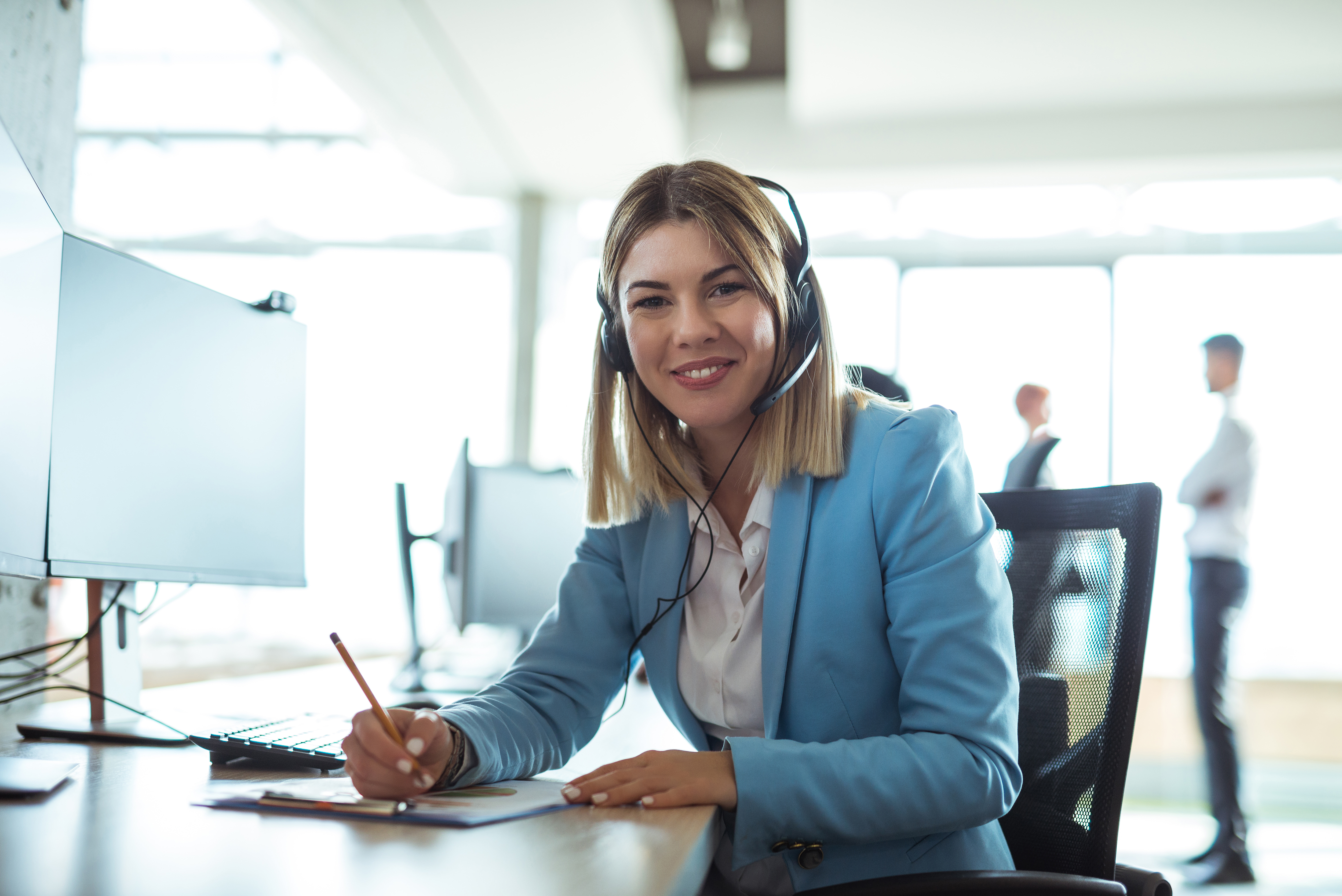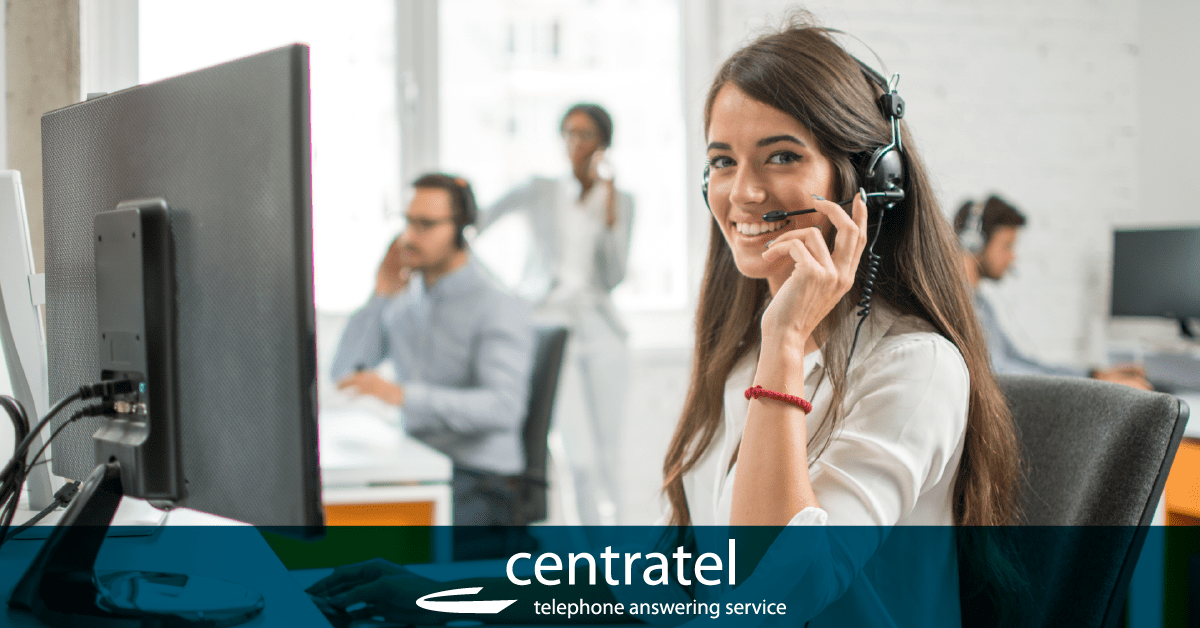All Categories
Featured
Table of Contents
- – Best Phone Answering Services - Australian Virt...
- – Which Is Best How To Answer The Phone Professi...
- – What Is The Best What Is An Answering Service?...
- – What Is The Best How Much Do Answering Servic...
- – What The Best The Ultimate Guide To Telephone...
- – What Is The Best 14 Benefits Of A Telephone ...
Best Phone Answering Services - Australian Virtual Receptionists Showroom Near Me
This device and its followers were created by Sava Jacobson, an electrical engineer with a private consulting service. While early answering machines utilized magnetic tape innovation, the majority of modern-day devices utilizes solid state memory storage; some devices use a mix of both, with a solid-state circuit for the outbound message and a cassette for the incoming messages.
"toll saving" below) (virtual telephone answering). This works if the owner is evaluating calls and does not wish to talk to all callers. In any case after going, the calling party must be informed about the call having been responded to (in many cases this begins the charging), either by some remark of the operator, or by some greeting message of the TAD, or resolved to non-human callers (e.
This holds particularly for the Littles with digitally saved greeting messages or for earlier devices (before the increase of microcassettes) with a special endless loop tape, different from a 2nd cassette, committed to recording. There have been answer-only devices without any recording capabilities, where the greeting message needed to notify callers of a state of existing unattainability, or e (business answering service).
Which Is Best How To Answer The Phone Professionally (With Examples) Company

about availability hours. In taping Littles the welcoming generally consists of an invitation to leave a message "after the beep". A voice mail that uses a microcassette to record messages On a dual-cassette answerphone, there is an outgoing cassette, which after the defined variety of rings plays a pre-recorded message to the caller.

Single-cassette voice mail consist of the outbound message at the start of the tape and inbound messages on the staying area. They initially play the announcement, then fast-forward to the next readily available area for recording, then tape-record the caller's message. If there are numerous previous messages, fast-forwarding through them can trigger a significant hold-up.
This beep is frequently described in the welcoming message, requesting that the caller leave a message "after the beep". Littles with digital storage for the tape-recorded messages do not reveal this delay, obviously. A TAD might use a remote control center, where the answerphone owner can call the home number and, by entering a code on the remote telephone's keypad, can listen to tape-recorded messages, or erase them, even when away from home.
What Is The Best What Is An Answering Service? - Ruby Blog Out Today

Thus the device increases the variety of rings after which it addresses the call (typically by two, leading to 4 rings), if no unread messages are presently saved, but answers after the set variety of rings (typically 2) if there are unread messages. This enables the owner to learn whether there are messages waiting; if there are none, the owner can hang up the phone on the, e.
Some makers likewise enable themselves to be remotely activated, if they have actually been turned off, by calling and letting the phone ring a specific large number of times (usually 10-15). Some service suppliers desert calls currently after a smaller sized variety of rings, making remote activation impossible. In the early days of Little bits an unique transmitter for DTMF tones (dual-tone multi-frequency signalling) was regionally required for push-button control, given that the previously used pulse dialling is not apt to communicate appropriate signalling along an active connection, and the dual-tone multi-frequency signalling was carried out stepwise.
Any inbound call is not recognizable with regard to these properties in advance of going "off hook" by the terminal equipment. So after going off hook the calls need to be changed to appropriate gadgets and only the voice-type is instantly accessible to a human, but maybe, nonetheless ought to be routed to a LITTLE (e.
What Is The Best How Much Do Answering Services Cost? Local Business Tips ... For The Price
What if I informed you that you do not have to in fact select up your device when responding to a consumer call? Another person will. So hassle-free, right? Answering telephone call does not require somebody to be on the other end of the line. Effective automated phone systems can do the technique just as efficiently as a live agent and often even better.
An automated answering service or interactive voice response system is a phone system that communicates with callers without a live person on the line - business answering service. When business use this technology, clients can get the response to a question about your service merely by utilizing interactions set up on a pre-programmed call flow.
Although live operators update the client service experience, many calls do not need human interaction. A simple documented message or instructions on how a customer can retrieve a piece of details normally solves a caller's immediate need - answer phone service. Automated answering services are a basic and effective method to direct inbound calls to the best person.
What The Best The Ultimate Guide To Telephone Answering Services Brand To Buy
Notice that when you call a company, either for support or product questions, the very first thing you will hear is a pre-recorded voice greeting and a series of choices like press 1 for customer support, press 2 for questions, and so on. The pre-recorded choices branch out to other options depending upon the consumer's choice.
The phone tree system assists direct callers to the right individual or department utilizing the keypad on a smart phone. In some instances, callers can utilize their voices. It's worth noting that auto-attendant choices aren't restricted to the ten numbers on a phone's keypad. Once the caller has selected their first option, you can create a multi-level auto-attendant that utilizes sub-menus to direct the caller to the right type of assistance.
The caller does not have to interact with an individual if the auto-attendant phone system can manage their concern. The automated service can route callers to a worker if they reach a "dead end" and need help from a live agent. It is costly to work with an operator or executive assistant.
What Is The Best 14 Benefits Of A Telephone Answering Service In 2023 To Buy Right Now?
Automated answering services, on the other hand, are considerably less costly and offer significant cost savings at an average of $200-$420/month. Even if you do not have actually devoted staff to deal with call routing and management, an automated answering service enhances efficiency by allowing your team to concentrate on their strengths so they can more effectively spend their time on the phone.
A sales lead routed to consumer service is a lost shot. If a customer who has item concerns reaches the incorrect department or receives incomplete responses from well-meaning staff members who are less trained to deal with a specific kind of concern, it can be a reason for frustration and dissatisfaction. An automated answering system can decrease the variety of misrouted calls, therefore helping your employees make much better usage of their phone time while freeing up time in their calendar for other tasks.
With Automated Answering Systems, you can produce an individualized experience for both your staff and your callers. Make a recording of your primary greeting, and simply upgrade it regularly to show what is going on in your company. You can create as numerous departments or menu options as you want.
Table of Contents
- – Best Phone Answering Services - Australian Virt...
- – Which Is Best How To Answer The Phone Professi...
- – What Is The Best What Is An Answering Service?...
- – What Is The Best How Much Do Answering Servic...
- – What The Best The Ultimate Guide To Telephone...
- – What Is The Best 14 Benefits Of A Telephone ...
Latest Posts
Call Answering Service – Sydney
Reputable Virtual Reception Solutions Near Me – Albury 2640
Leading Live Receptionist Service
More
Latest Posts
Call Answering Service – Sydney
Reputable Virtual Reception Solutions Near Me – Albury 2640
Leading Live Receptionist Service